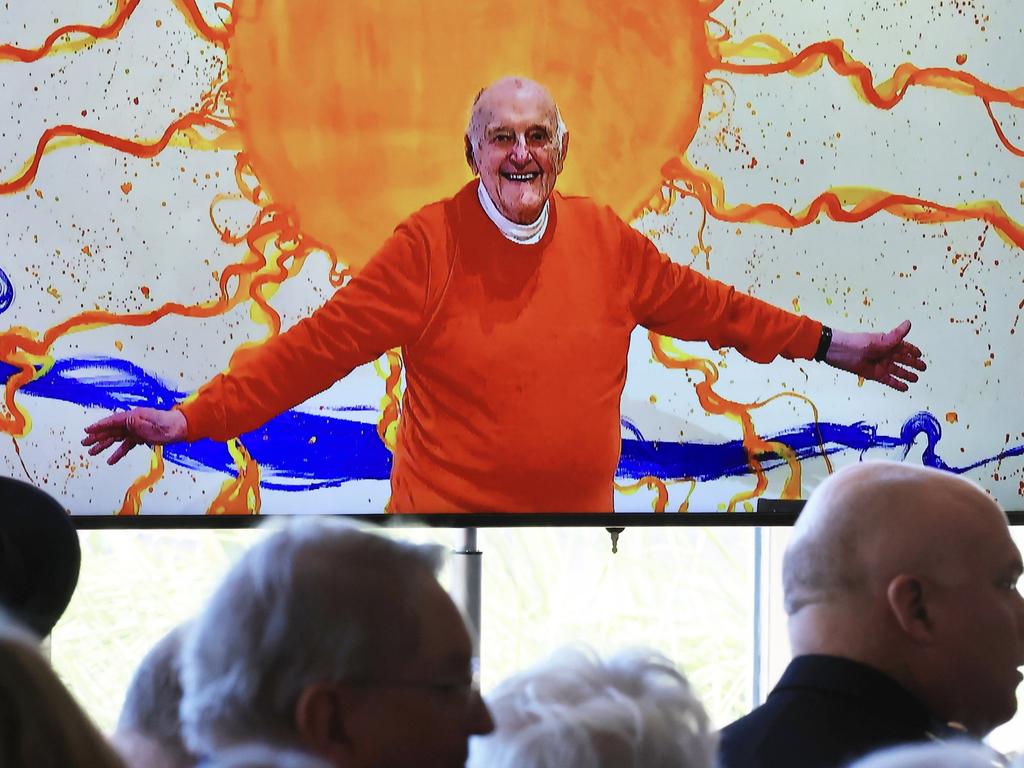Interview with director Kip Williams
Kip Williams is a born theatre animal with big ideas and a taste for Gothic horror. Now the artistic director of STC is taking those grand ideas global.
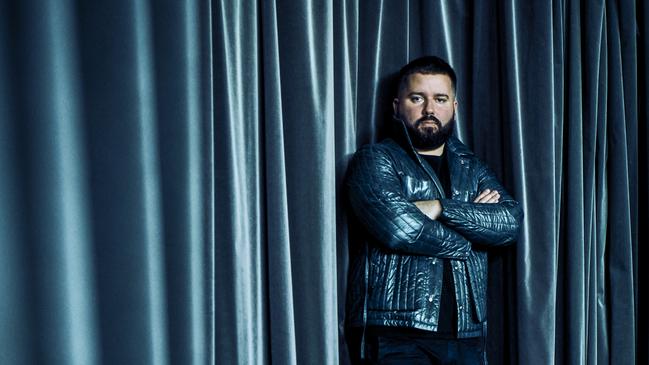
Kip Williams was straight out of the National Institute of Dramatic Art when he was snapped up by Cate Blanchett and Andrew Upton to become their assistant at Sydney Theatre Company. In his first year, he worked as an assistant director on Upton’s play The White Guard, and then on Botho Strauss’s Gross und Klein, in which Blanchett had the lead role.
It was up to Williams, then 25, to give the Oscar-winning actor feedback on her performance.
“Cate is the hardest-working actor I have ever encountered – she wanted notes three times a week,” Williams says. “It was amazing, but it wasn’t like I was directing her. It was less about me having a chance to direct Cate and much more about working to keep the show where Benno [director Benedict Andrews] had left it. He was happy when he came back, and I was hugely relieved.”
Within five years, Blanchett and Upton had finished their co-tenancy at STC and their successor, British director Jonathan Church, had suddenly left the company. Williams was waiting in the wings. He had just turned 30 when, in 2016, he was named artistic director of STC, making him the youngest person ever to lead the nation’s biggest state theatre company.
That was six years ago, but there is a sense that Williams, 36, is just getting started. He is a born theatre animal – his interests range across drama, musical theatre and opera, as well as film, music videos and installation – but there is nothing about him that screams luvvie. Quietly spoken, and with an appealing sincerity, he is not one for flamboyant gestures – those he saves for his more outré scenes on stage, and for his collection of colourful jackets.
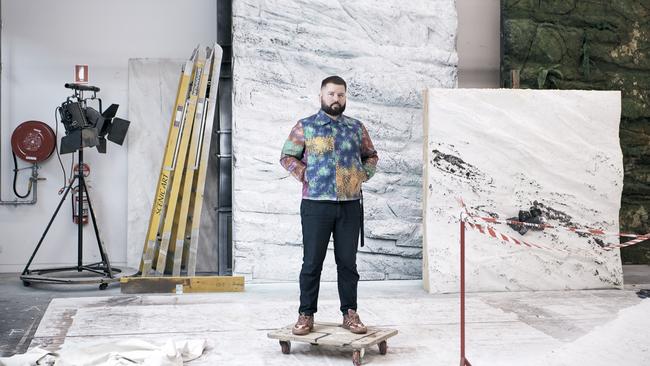
His time at the helm at STC has already produced some outstanding successes. He is attracted to epic theatre on a broad and generously populated stage, such as his two-part production of The Harp in the South, adapted by Kate Mulvany from Ruth Park’s novels. Next month, he will present another large-scale piece, Neville Shute’s On the Beach, adapted by Tommy Murphy. And audiences across the country have thrilled to his innovative “cinetheatre” productions of Gothic tales The Picture of Dorian Gray and Strange Case of Dr Jekyll and Mr Hyde.
As he has done since his student days, Williams loves to get his hands on a classic text – whether by Shakespeare, Wilde or Samuel Beckett – and invent an exciting theatrical simulacrum for it.
At NIDA he’d staged an audacious production of Beckett’s monologue Not I for 19 voices and a non-speaking actor. By all accounts it was a brilliant show – but the kind of thing the fearsomely protective Beckett estate would shut down had they known about it.
In Dorian Gray, he turned Wilde’s Faustian fable into a symphony of transformations. A single actor, Eryn Jean Norvill, was seen to change character before our eyes, in a clever orchestration of real-time and recorded video, and immaculate stagecraft.
With Jekyll and Hyde he produced a noirish cinematic adventure, again with on-stage camera operators but this time with two actors, Ewen Leslie and Matthew Backer. He plans to make a trilogy of these Gothic stories, bringing his cinetheatre magic to one of the most famous monsters, Bram Stoker’s Dracula.
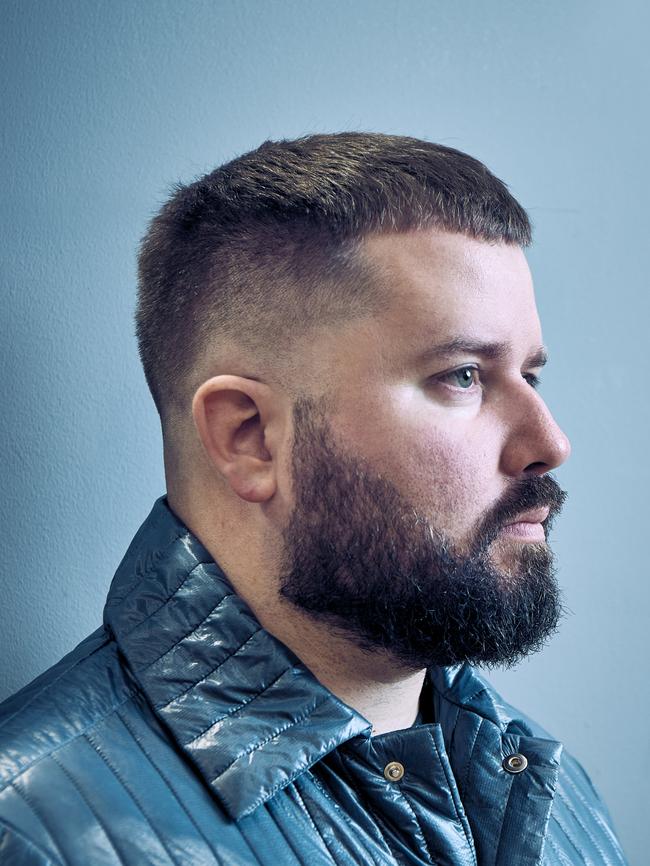
Williams’s taste for Gothic horror is the reason WISH has invited him, on a day of low cloud and scudding rain, to an unconventional and slightly creepy location for this interview. Camperdown Cemetery is a walled graveyard just off busy King Street in inner-Sydney Newtown. It dates from 1848, and old gravestones stand erect or fallen, many of their inscriptions worn beyond legibility. The Gothic revival spire of St Stephen’s church looms overhead, today with a wraith of mist.
Williams grew up in Sydney in an artistic family. His grandmother, Wendy Playfair, was an actor in radio and TV serials. His father sang with the Opera Australia Chorus for a time, and his sister Clemence is a composer who has written music for STC shows. For six years until his voice broke, Williams was a boy chorister at St Mark’s Anglican Church in Darling Point.
Putting on shows is something he’s done since childhood. With his friend Sam Reid – the star of ABC TV series The Newsreader, and more recently of the remake of Interview with the Vampire – he started a theatre company, Cet, pronounced set but “spelt with a C”, Williams says, rolling his eyes.
He attended Sydney’s exclusive Cranbrook School on a scholarship, and finished as head boy and captain of the drama club. Before going to NIDA, he studied at the University of Sydney, where he edited the student newspaper, was active in the dramatic society, and played guitar and sang in indie bands. What did he sing about? “My thoughts,” he says, with another eye-roll.
The cemetery is not far from Sydney Uni but Williams says he’s never been there. We sit on a stone wall – putting down plastic bags to keep our bottoms dry – as he explains the attraction of Gothic stories and things that go bump in the night. When he was a student he read all the classics of the genre, from Frankenstein to Jane Eyre, Dorian Gray and Dracula.
-
What especially interests Williams is the construction of identity, and the performance each of us executes on a daily basis as we present ourselves to the world.
-
He says the late 19th century, in particular, exposed social, economic and moral fault lines that authors explored in their fiction, sometimes using the tropes of Gothic horror.
“I’m really interested in the late Victorian period, where you see the seeds of social change and conditions that we have lived through in the intervening period,” he says. “You have the growth of the middle class, you have the period of increasing individual wealth and a greater emphasis on materialism. At the same time you have this puritanism, this moral regulation. The artists who are writing in this period are grappling with that tension.”
What especially interests Williams is the construction of identity, and the performance each of us executes on a daily basis as we present ourselves to the world. Wilde and Stevenson in their stories invented brilliantly vivid characters who make visible the duality of private and public selves – indeed, Dorian Gray and Jekyll and Hyde are bywords for that kind of demonic duplicity.
The formal design of Williams’s cinetheatre shows – the technical wizardry and seamless choreography of video and live action – is not mere spectacle but a visual representation of ideas he wants to interrogate with his Gothic trilogy.
Audiences readily grasp the role video plays in the construction of the on-stage characters, just as social media plays a part in the performative actions of ordinary people armed with a smartphone and a selfie stick.
“The idea of Dorian Gray that is so genius is that Wilde found a physical manifestation of the dialogue of one’s interior – the dialogue that Dorian has with his portrait is the same dialogue that all of us have with our own ego, or soul or id,” Williams says. “It is an incredible artistic achievement. And within that relationship is an embedded provocation that you can’t escape the truth of who you are and what you’ve done.”
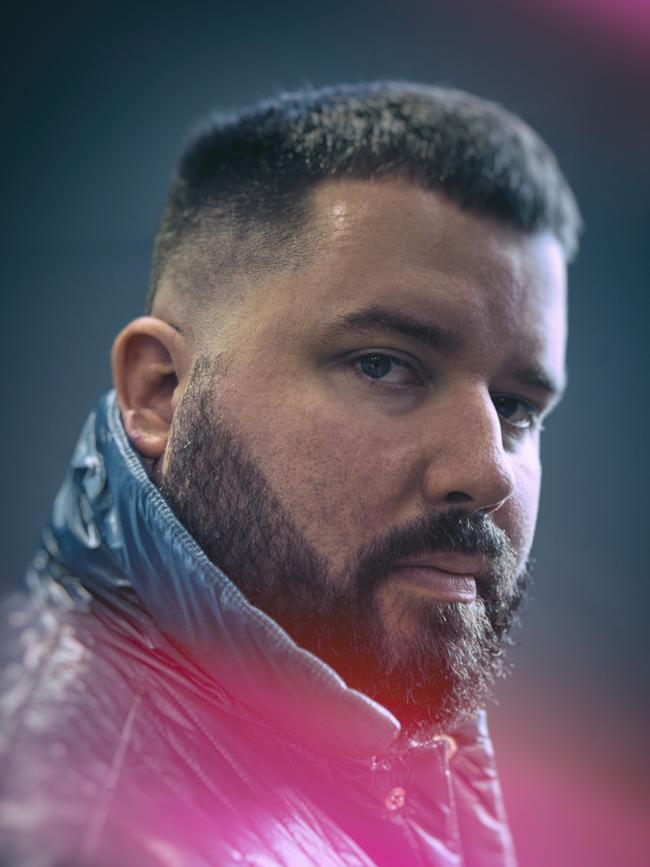
The rain has started to fall heavily and Williams and I retreat to the church porch, under an awning. He is mainly known to Sydney audiences as a director of plays, but he longs to work in other dramatic forms. He has a feature film project on the go and says he would love to work in opera. In 2020 he was due to make his debut as a director at English National Opera in London, in a production of Handel’s baroque extravaganza Hercules. He was in London for meetings when the pandemic intervened.
“I worked on it for about three years,” Williams says. “It was going to be a video opera – really exciting. I had spent the previous day meeting with video designers. On the Thursday, they all walked in and shook my hand to say hello. And on the Friday, no one would shake hands.”
The production was postponed indefinitely, and Williams made it home to Sydney just as mandatory self-isolation came into force. Then began the two-year nightmare as theatres around the world were ordered to close, and productions that Williams had been planning for STC also went into theatrical limbo.
At the same time, he was writing his adaptation of The Picture of Dorian Gray and preparing to direct what was to have been his first feature film. He describes long days of meetings and Zoom calls, and then dinner and some downtime with his partner, before resuming work, sometimes until 3am.
“Everybody in the industry lost so much,” he says. “I was lucky enough to have a job, when so many of my colleagues didn’t.
“I think when you work on something artistically for a long period of time, it kind of grows inside you and you have to get it out. And when you don’t get it out, it can kind of fester in a way. So for people who lost work during that period there is an odd artistic grieving process that you have to go through. But it has taught me a lot about gratitude, and it’s taught me a lot about how to manage expectations and disappointment – how to move on and be OK.”
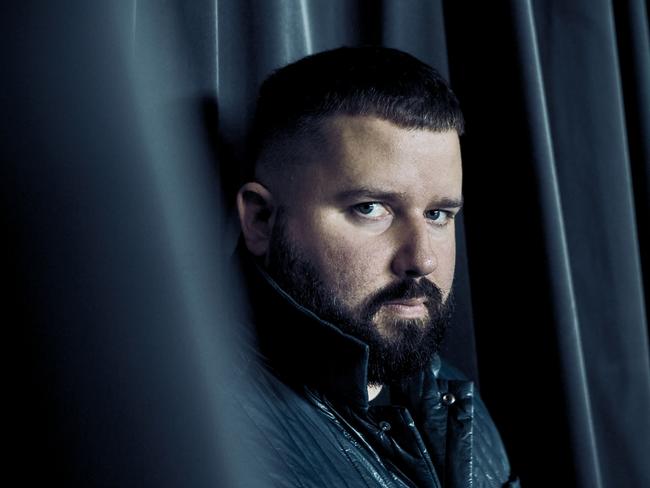
His next production as director, On the Beach, is another project that has been delayed and shaped by the pandemic. Neville Shute’s novel, written in 1957 and set in 1964, is a product of the Cold War, about the fallout of a nuclear apocalypse. The last survivors of the human race – including Ava Gardner and Gregory Peck in the 1959 film – are in Melbourne as they await the radiation that will surely kill them.
At first, playwright Tommy Murphy had the idea of adapting the novel as an allegory of climate change. Then when the pandemic arrived, the story of an existential crisis took on another meaning. Another real and very frightening threat became apparent early last year with Russia’s invasion of Ukraine.
Williams’s staging of On the Beach, he says, is not a video production, but will have 11 in the cast and an epic scale similar to his productions of The Harp in the South and Chimerica.
“It’s an amazing story that continues to accrue meaning with every year that passes,” he says. “In many ways the story is about grief and processing mortality – of the people you love, of your own life. The reflex of that is a piece that celebrates the love and beauty that you find in the present moment. It’s an amazingly dense and poetic work.”
Still in his mid-30s, Williams has the energy and time to substantially shape the future of Australian theatre, should he choose to do so. As artistic director at STC, he has a seat on the company’s governing board – Alan Joyce recently was appointed its chairman – and he is also a member of the board at his alma mater, NIDA.
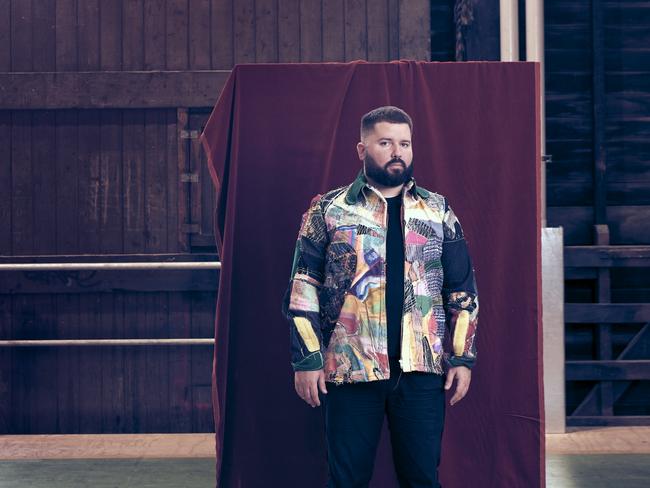
He has ambition, certainly, but it’s coupled with humility and personal modesty. The performance is never about him, but about the show. “I’m very private,” he says. “I think I’m drawn to theatre and to art because I seek the artistic process – not only to understand myself but to express myself.”
He is committed to making STC an inclusive place in terms of the stories it presents and who does the telling. He has appointed a four-member artistic development team, headed by Paige Rattray, to identify and help bring to the stage new Australian plays. Playwrights currently under commission include Meyne Wyatt, Kate Mulvany, Nakkiah Lui and Suzie Miller.
“I want to see more Australian writing on stage,” he says. “I want to continue to interrogate key moments of Australian history and First Nations history, and I want STC to continue to be a place of artistic risk and formal experimentation. I can’t tell you what it is yet – that’s the great unknown of artistic enterprise.”
Coming up are a Broadway musical – Williams won’t say which one – that he will direct for STC, and a return to international touring, starting with a London season of The Picture of Dorian Gray. Musicals and international touring are part of the company’s DNA but have been in hiatus in recent years. Williams, whose current contract runs to 2025, says all of the things he has done and wants to do at the company are possible because of his forebears as artistic director, and because of an audience that is hungry for adventurous Australian theatre.
“I hope that I’m lucky enough to keep making the work that I’m interested in, that there continues to be an audience, and that I get to work with the artists I want to collaborate with,” he says. “That’s all you can want, right?”.




